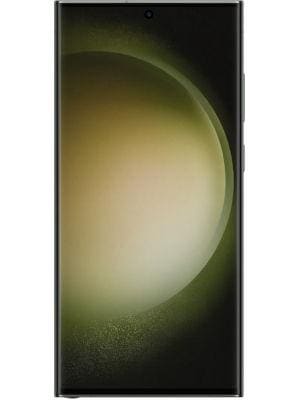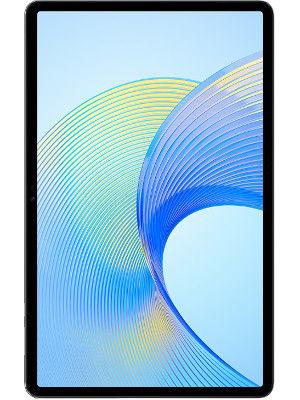Historic! Zero gravity milestone - Embryos grown in space on the International Space Station
In a historic achievement, Japanese researchers have successfully grown embryos in space for the first time, shedding light on space-based embryonic development courtesy an experiment on the International Space Station.



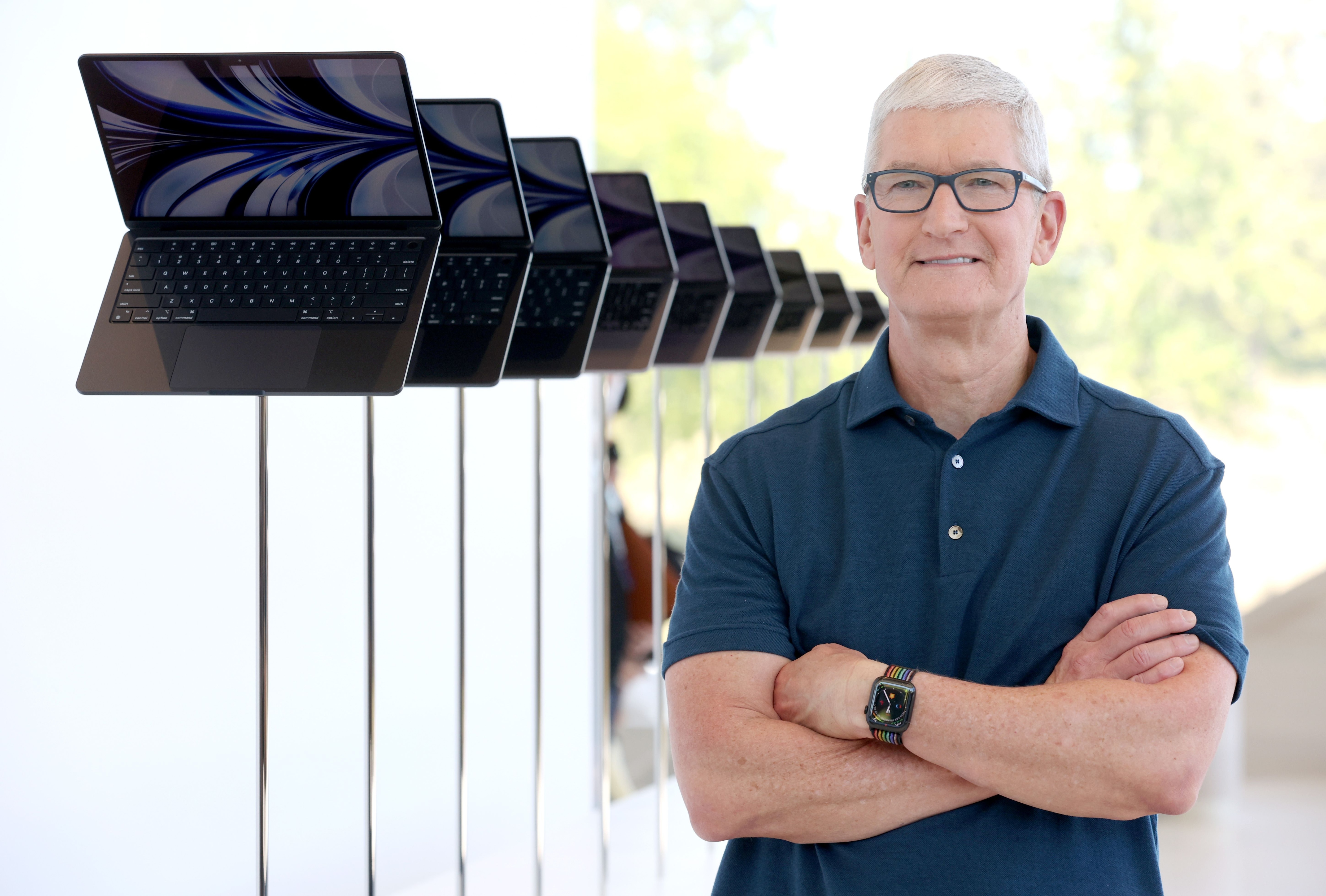


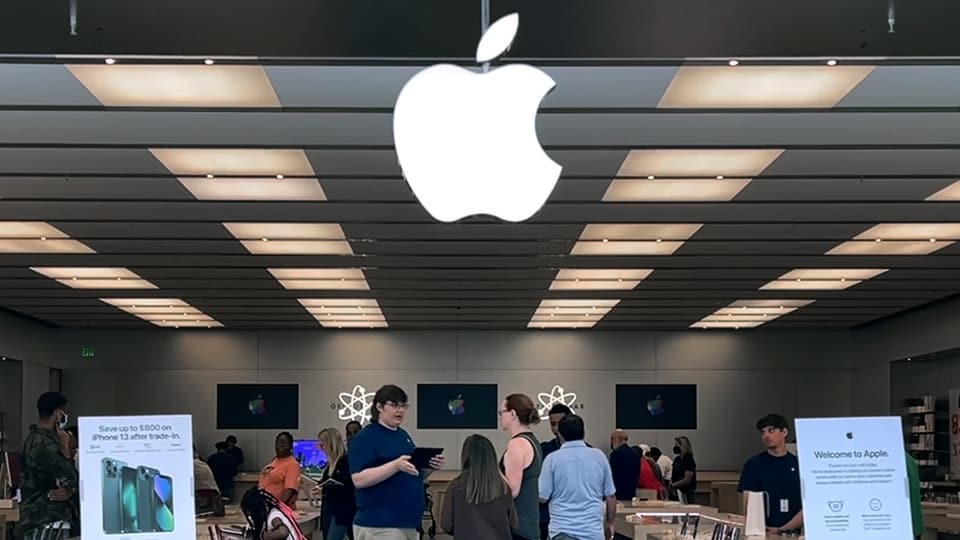
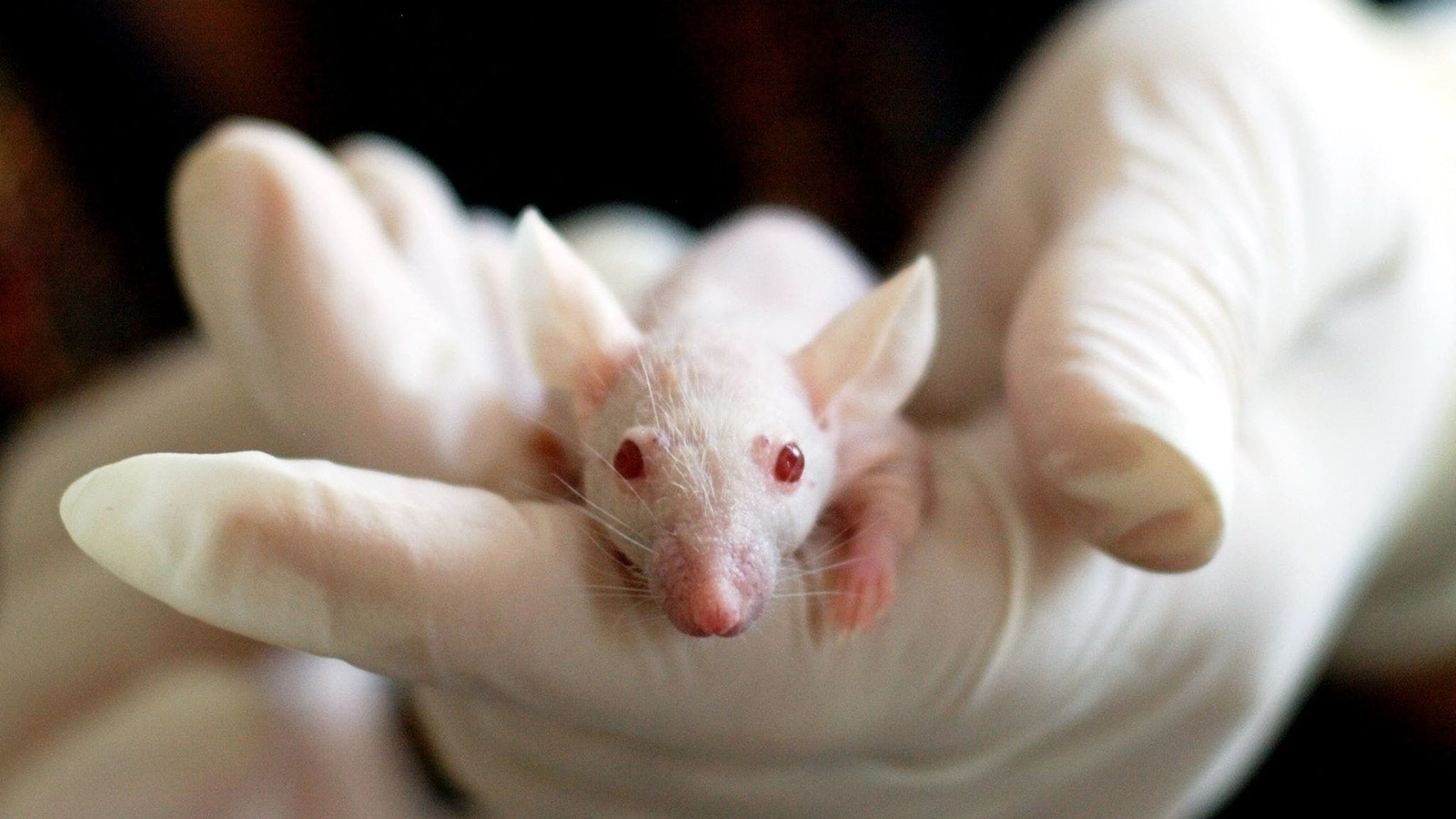
 View all Images
View all ImagesIn a groundbreaking achievement, researchers from the University of Yamanashi in Japan have successfully nurtured mouse embryos in the unique environment of space under zero gravity. This groundbreaking experiment marks the first time that a fertilized mouse egg has developed into a blastocyst on the International Space Station (ISS).
The Crucial Blastocyst Stage
The blastocyst stage is a crucial milestone in embryonic development, where cells differentiate for the first time into the inner cell mass, which later forms the fetus, and trophectoderm cells that contribute to the formation of the placenta, The Japan news reported.
Their research, recently published online in the journal iScience, involved sending 720 two-cell frozen mouse embryos to the ISS. The research team also designed a special device that allows astronauts to handle early mouse embryos with precision.
Earth vs. Space
Over the course of four days, the team carefully thawed and cultured the embryos. Half of the embryos (360) were cultivated in a device within the Japanese Kibo experiment module, which simulates Earth's gravitational force at 1G. The remaining 360 embryos were cultivated in a zero-gravity environment on the ISS.
Once the cultivation period concluded, the embryos were preserved in formalin and returned to Earth for comparison with embryos cultivated in a similar Earth-based experiment.
The results were striking. In the Earth-based experiment, more than 60 percent of embryos developed into blastocysts. However, the success rate dropped to 29.5 percent in the 1G space test and 23.6 percent in the zero-gravity test on the ISS, as reported.
Professor Teruhiko Wakayama from the University of Yamanashi expressed his thoughts on the findings, stating, "We found that, even under zero-gravity conditions, embryos develop normally until they reach the blastocyst stage."
Furthermore, the research demonstrated that differentiations, rates of DNA damage, and gene expressions of blastocysts developed in zero gravity were comparable to those in other conditions. This suggests that embryos in space can undergo typical development.
An intriguing revelation from the study was that among the 12 blastocysts from the zero-gravity test, the inner cell mass cells in three of them exhibited a unique clustering pattern in two places, as opposed to the usual single cluster. These distinct blastocysts hold the potential to develop into identical monozygotic twins.
Catch all the Latest Tech News, Mobile News, Laptop News, Gaming news, Wearables News , How To News, also keep up with us on Whatsapp channel,Twitter, Facebook, Google News, and Instagram. For our latest videos, subscribe to our YouTube channel.


